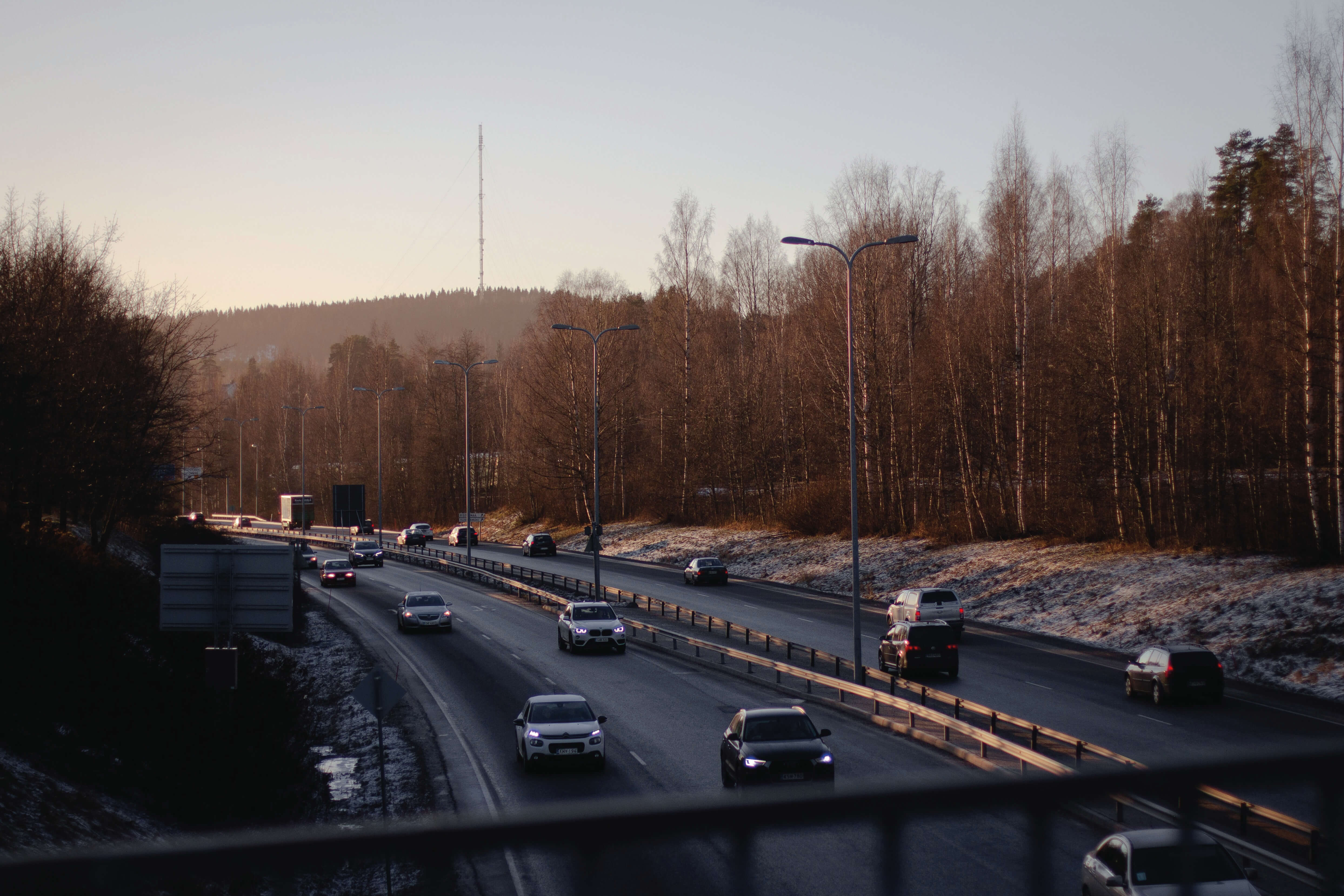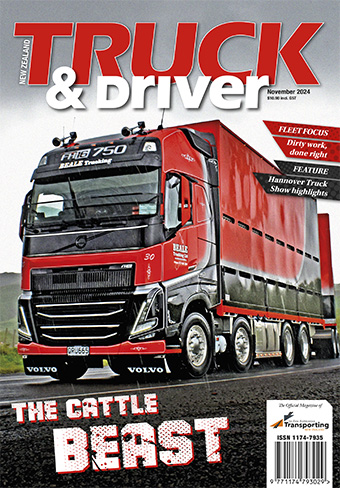Ia Ara Aotearoa Transporting New Zealand News


Driver training should play bigger role in road safety
A common topic of conversation with truck drivers and road transport operators is the poor standard of driving they witness among other road users.
Most of the time our professional drivers just shake their heads and laugh it off, but it’s impossible not to notice their anxiety at the daily exposure they have to substandard driving.
For those of us who don’t spend our working lives on the road, the Christmas holiday period once again laid out in stark detail just what an ongoing issue road safety is in New Zealand.
...A common topic of conversation with truck drivers and road transport operators is the poor standard of driving they witness among other road users.
Most of the time our professional drivers just shake their heads and laugh it off, but it’s impossible not to notice their anxiety at the daily exposure they have to substandard driving.
For those of us who don’t spend our working lives on the road, the Christmas holiday period once again laid out in stark detail just what an ongoing issue road safety is in New Zealand.
Eleven people were killed on the roads between Christmas Eve and January 5. It’s the highest holiday road toll since 2017 and adds to NZ’s pretty poor recent record on road safety.
Not for the first time, I find myself in agreement with motorsport legend and Street Smart Ambassador Greg Murphy, who is a strong advocate for an overhaul of NZ’s driver training and testing regime.
What Greg wants to see is much more thorough training and testing that ensures young drivers have a far greater understanding of the road rules, vehicle physics, and how to drive themselves out of difficult situations – by the time they gain their full driver’s licence.
I think if we’re being honest, most NZers would agree that driver licence testing is a fairly cursory affair. It has always been treated as little more than a rite of passage, driven by the necessity of Kiwi kids having to get around in what was traditionally a rural-based society.
Well, like it or not, those days are over. We are now one of the most urbanised countries in the world, yet we continue to persevere with a driver licence testing system rooted firmly in the past.
By comparison, Finland – a similar-sized country to ours, famous for its disproportionately high number of world champion racing or rally drivers – has a driver licence testing regime that is far more rigorous.
Initial licence training in Finland involves having to take a mandatory 18 hours of practical instruction, including lessons on how to regain control of a vehicle on a slippery surface. As well as this, a further 19 separate theory lessons, a theory test and an urban driving test are required. If drivers pass, they are then given a two-year interim licence and required to complete further advanced driving classes, including some night-time driving. Only at the end of all of this can a Finnish driver achieve a full licence.
I’d argue that the results of this far more thorough process go a long way to proving my point. In 2019, just 210 people died on Finland’s roads, compared with 350 here.
Unfortunately, Waka Kotahi NZ Transport Agency doesn’t quite see it the same way: Recent commentary from the agency has focused on the Government’s commitment to the Vision Zero road safety strategy…that does not include any changes to driver licence training or testing.
The Vision Zero action plan that Waka Kotahi is currently implementing involves further investment in roading improvements (including more median and side barriers), improving vehicle safety, a greater focus on road policing and a new approach to speed management. Now, I don’t disagree with most of that – however, why not add improving and modernising our training and testing regime to the Government’s matrix of initiatives?
Waka Kotahi likes to compare us to Sweden, Norway and Australia – all countries with much lower road death rates than ours and that have also invested in a “safe system” approach to their roading networks.
As readers will know, roads, weather and topography in Australia are not comparable with what we have here. Sweden and Norway are interesting examples however – because, (like Finland) both countries have far more demanding driver training and testing and require licence holders to have a broader range of practical skills than what we do.
We know that the vast majority of accidents in NZ are caused by human error and I agree that you can never entirely eliminate that. However, if we can prevent some of it by assisting new drivers to gain the skills that will help them avoid an accident, doesn’t that make sense?
There will never be a silver bullet when it comes to road safety and we will never get to zero, but as Greg Murphy advocates, dealing with driver behaviour and giving drivers the tools and experience to be able to drive themselves out of trouble should be top of the list if we want to get serious about reducing our road toll.
I know that is something our professional truck drivers would wholeheartedly agree with.




 + EQUIPMENT GUIDE - FREE
+ EQUIPMENT GUIDE - FREE
